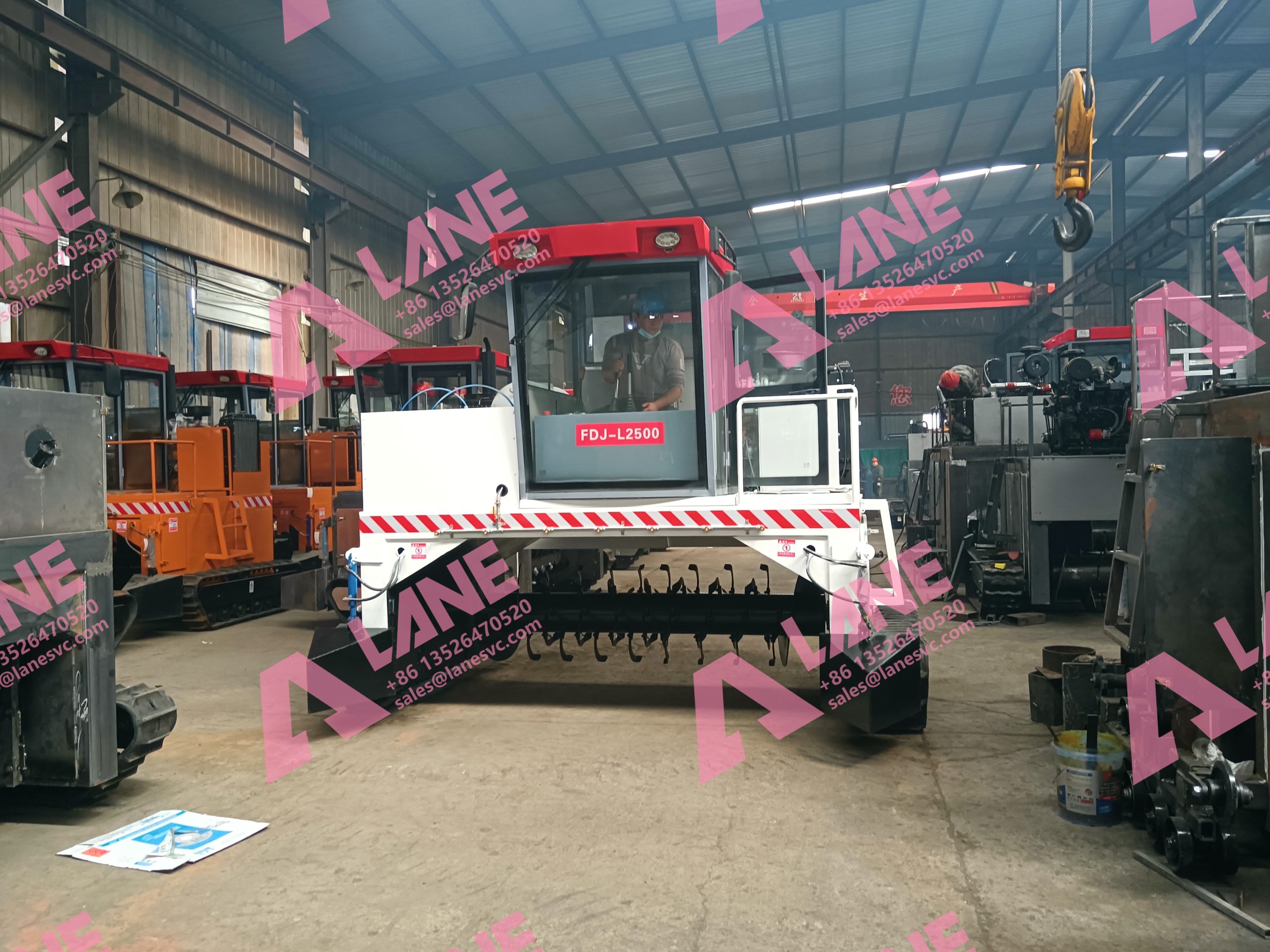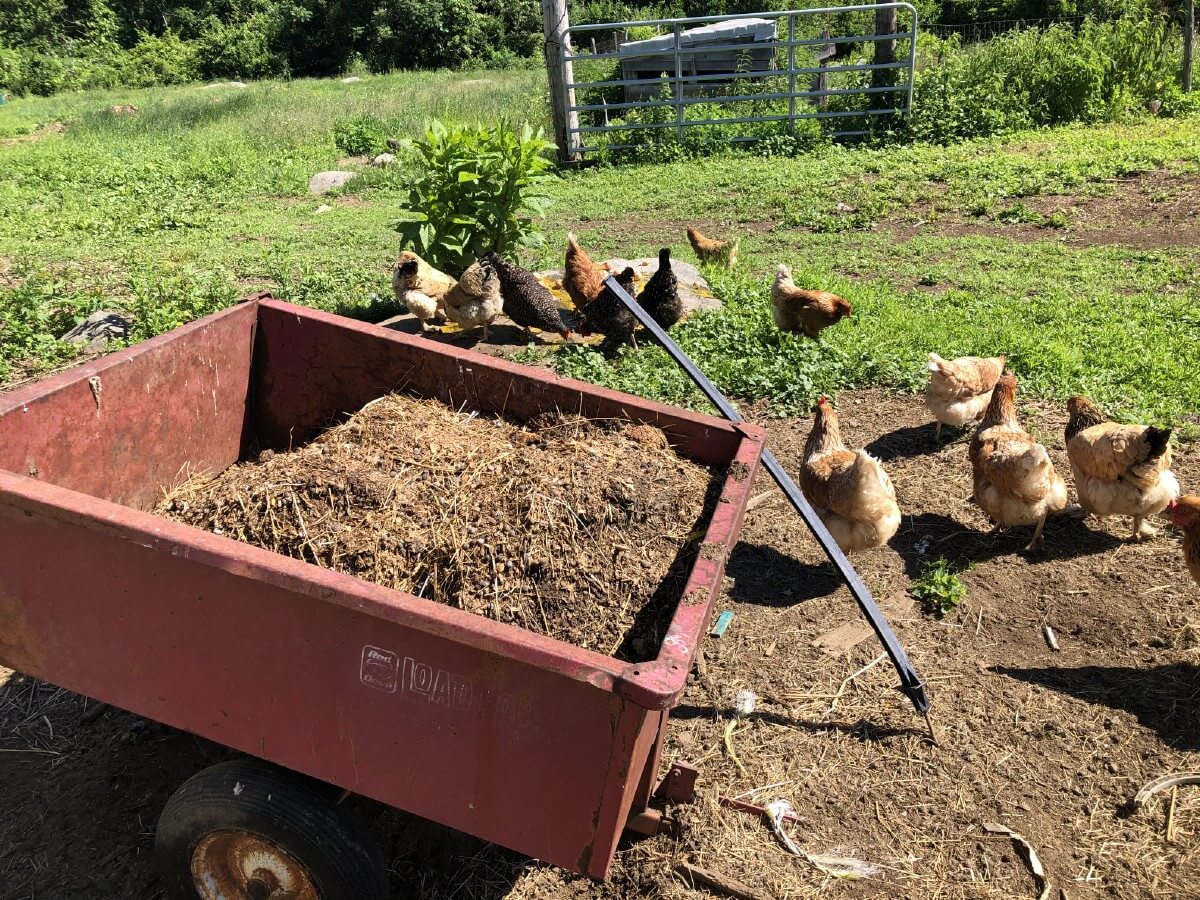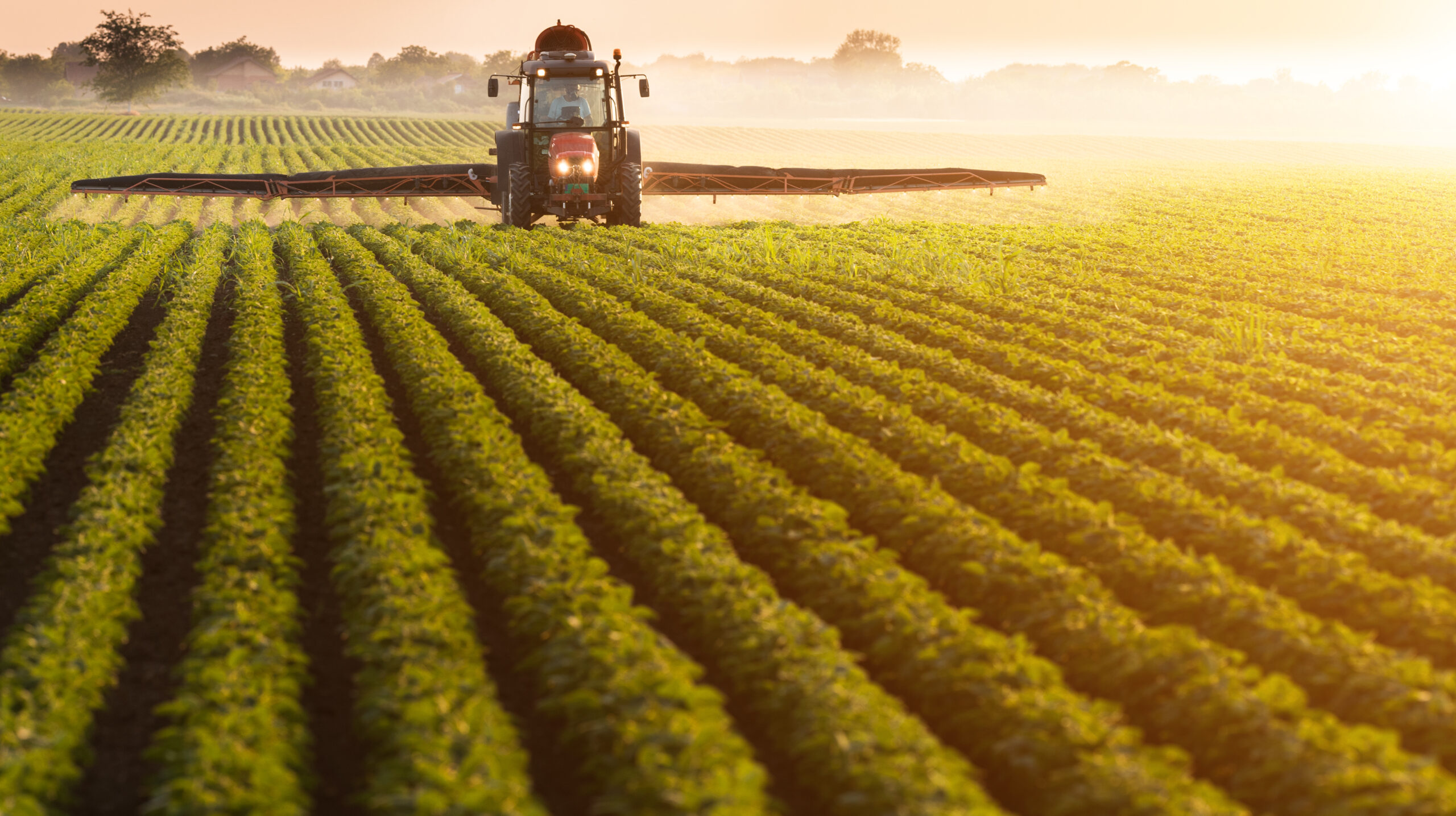A poultry manure composting production line offers a sustainable and efficient way to manage poultry waste by transforming it into valuable organic fertilizer. This integrated system handles the entire composting process—from raw material mixing to fermentation, refining, and final packaging—helping poultry farms reduce environmental impact, comply with regulations, and create additional income through fertilizer production.

1.Raw Materials for Poultry Manure Composting Production Line
The main input for the composting line is poultry manure. However, to achieve proper fermentation and compost quality, other materials are usually added:
(1) Sawdust or rice husk to adjust moisture and carbon content.
(2) Crop residues such as straw or corn stalks.
(3) Organic food waste or green waste.
(4) Compost inoculants to speed up decomposition.
2.Poultry Manure Composting Production Line Workflow
A poultry manure composting production line is not merely a simple combination of various machines; rather, it is a coordinated system in which each stage plays a specific role in the composting cycle.
(1) Raw material mixing: Firstly, weigh and evenly mix the poultry manure and other organic additives to achieve the desired moisture and carbon-nitrogen ratio. The uniform mixing ensures the consistency of the fermentation process and prevents the occurrence of anaerobic areas during the composting process.
(2) Composting and Fermentation: After transferring the mixed materials to the composting area, a series of processing steps will follow. During this stage, the materials need to be regularly turned and aerated to maintain an appropriate oxygen content and temperature. This aerobic fermentation process typically lasts 15 to 25 days, with the exact duration depending on the process design and local climate conditions.
(3) Crushing and Refining: After fermentation, the compost may still contain lumps or incompletely decomposed pieces. The compost is processed through a crusher to refine the material, creating a more uniform product suitable for further screening or application.
(4) Screening and Classification: Next, the compost is screened to separate fine organic material from oversized particles or impurities. The screened compost can be directly applied to soil or further processed into granules.
(5) Granulation and Drying: For commercial fertilizer production, the screened compost may be granulated into pellets. After granulation, drying and cooling systems are used to reduce moisture content, improving the product’s shelf life and handling.
(6) Packaging and Storage:Finally, the finished compost—either in powder or pellet form—is automatically weighed and packed into bags.

3.Benefits of a Poultry Manure Composting Production Line
Implementing a poultry manure composting production line offers a wide range of benefits—not only for the environment, but also for farm operations, fertilizer production, and long-term economic gains. Below are the key advantages:
(1) Efficient Waste Management
Poultry farms generate large volumes of manure daily. Without proper handling, this waste can lead to pollution, odor issues, and disease risks. A composting production line provides a structured, sanitary, and efficient way to manage poultry waste on a large scale.
(2) Environmental Sustainability
By converting poultry waste into organic compost, the system helps reduce greenhouse gas emissions, water contamination, and soil degradation. It supports circular agriculture by returning nutrients to the soil and minimizing the reliance on chemical fertilizers.
(3) Cost Savings on Fertilizer
For poultry farms engaged in crop production, using self-produced compost can significantly reduce the cost of purchasing commercial fertilizer, while improving soil fertility and long-term agricultural productivity.
(4) Odor and Pathogen Reduction
Through aerobic fermentation, harmful pathogens, parasites, and weed seeds in the manure are eliminated. The composting process also reduces unpleasant odors, creating a healthier and more acceptable environment for workers and surrounding communities.
(5) Scalability and Customization
Poultry manure composting systems can be tailored to match the size of your operation—whether you’re managing a small farm or running a large fertilizer plant. Modular designs allow you to expand capacity as your business grows.
(6) Long-Term Profitability
Over time, turning poultry waste into a marketable product contributes to a more diversified income stream, better farm resilience, and increased profitability—especially as demand for organic fertilizer continues to rise.

4.Integrated Design for Efficiency and Clean Operation
The entire poultry manure composting production line is designed for continuous and hygienic operation. It usually includes dust removal systems, odor elimination devices, and automated material handling equipment to ensure compliance with environmental protection standards and ease of operation.
Whether the production line is semi-automatic or fully automatic, the goal remains the same: to provide a clean, safe and efficient composting environment, while reducing labor input and improving output quality.
A modern poultry manure composting production line offers a complete and scalable approach to poultry waste management. With the right design and process flow, producers can turn daily waste into market-ready organic fertilizer efficiently and sustainably. If you’re looking to set up or upgrade a composting facility, understanding the process flow is the first step toward building a reliable, high-performance production line.
For more details, please feel free to contact us.
Henan Lane Heavy Industry Machinery Technology Co., Ltd.
Email: sales@lanesvc.com
Contact number: +86 13526470520
Whatsapp: +86 13526470520